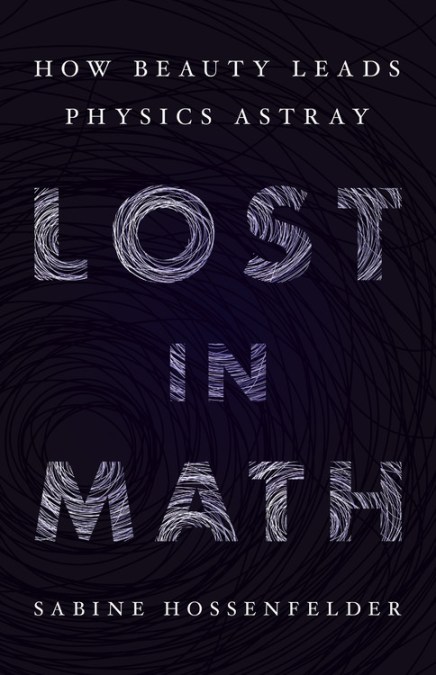
And afterwards, we find the math works. Sabine Hossenfelder author of Lost in Math: How Beauty Leads Physics Astray, asks us to consider what distinguishes a good problem in physics, hence in cosmology, from a trip through some interesting weeds:
That breakthrough problems were those which harbored an inconsistency is true even for the often-told story of the prediction of the charm quark. The charm quark, so they will tell you, was a prediction based on naturalness, which is an argument from beauty. However, we also know that the theories which particle physicists used at the time were not renormalizable and therefore would break down at some energy. Once electro-weak unification removes this problem, the requirement of gauge-anomaly cancellation will tell you that a fourth quark is necessary. But this isn’t a prediction based on beauty. It’s a prediction based on consistency.
This, I must emphasize, is not what historically happened. Weinberg’s theory of the electro-weak unification came after the prediction of the charm quark. But in
hindsight we can see that the reason this prediction worked was that it was indeed a problem of consistency. Physicists worked on the right problem, if for the wrong reasons. Sabine Hossenfelder, “Good Problems in the Foundations of Physics” at BackRe(Action)
See also: Theoretical Physicist Takes On Panpsychism. Bam! Pow! It’s the basic problem of the coffee mug. If naturalism (nature is all there is), often called “materialism,” is true, either you and the mug are both conscious or neither of you is. The comments at BackRe(Action) illustrate the difficulty many have grasping that that is a serious problem.
Follow UD News at Twitter!